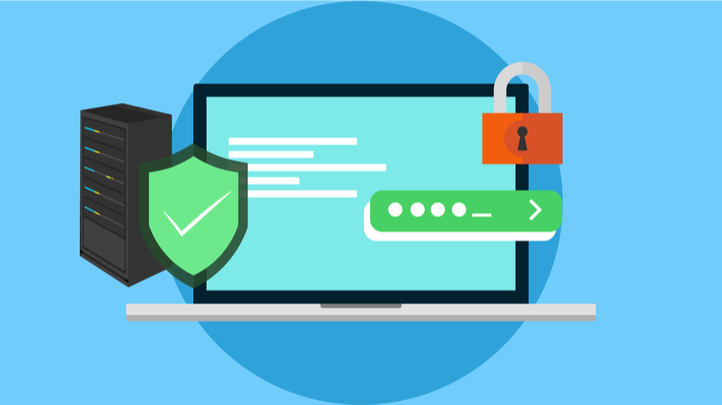Copyright © 2026 LOOP All Rights Reserved.
Certified Ethical Hacker v9 Training

Course Description
CEH v9 Training readies students for EC-Council's CEH certificate exam which is paramount for any IT specialist and anyone trying to enhance their network's defenses. With top experts and an interactive, lab-filled environment, students learn about key issues plaguing the information security world, incident management processes and penetration testing. Students gain practical experience and in-depth knowledge about common ethical hacking topics such as intrusion detection, policy creation, social engineering, DDoS attacks, buffer overflows and virus creation. Without harming any real networks, students will learn about perimeter defenses, scanning and attacking their own networks as well as how intrusions escalate the impact of their breaches and the tools and steps necessary to secure a system. This course prepares students for the EC-Council Certified Ethical Hacker v9 exam.
Course Objectives
Footprinting
Network Scanning
Enumeration
Packet Sniffing
Social Engineering
DoS/DDoS
Session Hijacking
Webserver And Web Application Attacks And Countermeasures
SQL Injection Attacks
Wireless Encryption
Cloud Computing Threats
Cryptography Ciphers
Penetration Testing
Content
CEH - Introduction to Ethical Hacking
CEH - Footprinting and Reconnaissance
CEH - Scanning Networks
CEH - Enumeration
CEH - Malware Threats
CEH - Sniffing
CEH - Social Engineering
CEH - Denial of Service
CEH - System Hacking
CEH - Session Hijacking
CEH - Hacking Webservers
CEH - Hacking Web Applications
CEH - SQL Injection
CEH - Hacking Wireless Networks
CEH - Hacking Mobile Platforms
CEH - Evading IDS, Firewalls, and Honeypots
CEH - Cloud Computing
CEH - Cryptography
Certified Ethical Hacker v9 Training
- SKU CRS-N-0049750
- Duration 61 hr 0 mins
- Skill level All Levels
- Languages en_US
- Tag(s) SkillsFuture Certified Ethical Hacker v9 Training


